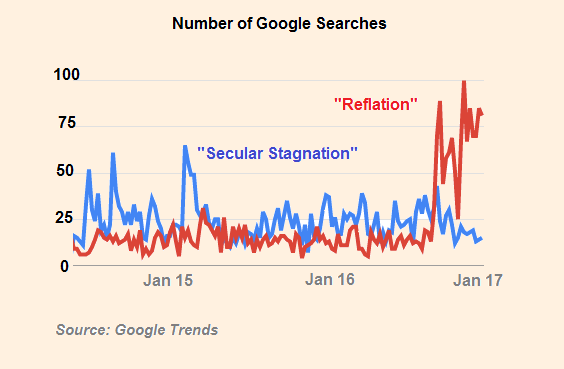JPMorgan Software Does in Seconds What Took Lawyers 360,000 Hours
-
New software does in seconds what took staff 360,000 hours
-
Bank seeking to streamline systems, avoid redundancies
At JPMorgan Chase & Co., a learning machine is parsing financial deals that once kept legal teams busy for thousands of hours.
The program, called COIN, for Contract Intelligence, does the mind-numbing job of interpreting commercial-loan agreements that, until the project went online in June, consumed 360,000 hours of work each year by lawyers and loan officers. The software reviews documents in seconds, is less error-prone and never asks for vacation.
While the financial industry has long touted its technological innovations, a new era of automation is now in overdrive as cheap computing power converges with fears of losing customers to startups. Made possible by investments in machine learning and a new private cloud network, COIN is just the start for the biggest U.S. bank. The firm recently set up technology hubs for teams specializing in big data, robotics and cloud infrastructure to find new sources of revenue, while reducing expenses and risks.
The push to automate mundane tasks and create new tools for bankers and clients -- a growing part of the firm’s $9.6 billion technology budget -- is a core theme as the company hosts its annual investor day on Tuesday.
Behind the strategy, overseen by Chief Operating Operating Officer Matt Zames and Chief Information Officer Dana Deasy, is an undercurrent of anxiety: Though JPMorgan emerged from the financial crisis as one of few big winners, its dominance is at risk unless it aggressively pursues new technologies, according to interviews with a half-dozen bank executives.
Redundant Software
That was the message Zames had for Deasy when he joined the firm from BP Plc in late 2013. The New York-based bank’s internal systems, an amalgam from decades of mergers, had too many redundant software programs that didn’t work together seamlessly.
“Matt said, ‘Remember one thing above all else: We absolutely need to be the leaders in technology across financial services,’” Deasy said last week in an interview. “Everything we’ve done from that day forward stems from that meeting.”
After visiting companies including Apple Inc. and Facebook Inc. three years ago to understand how their developers worked, the bank set out to create its own computing cloud called Gaia that went online last year. Machine learning and big-data efforts now reside on the private platform, which effectively has limitless capacity to support their thirst for processing power. The system already is helping the bank automate some coding activities and making its 20,000 developers more productive, saving money, Zames said. When needed, the firm can also tap into outside cloud services from Amazon.com Inc., Microsoft Corp. and International Business Machines Corp....MUCH MORE





















